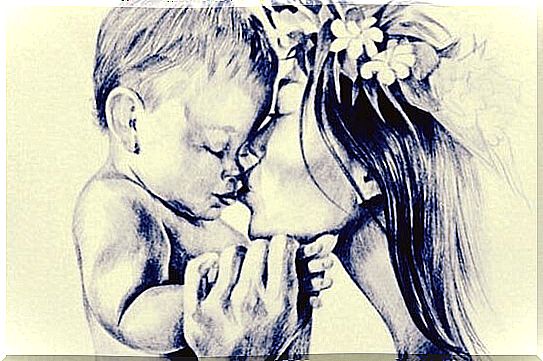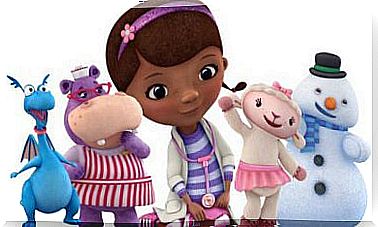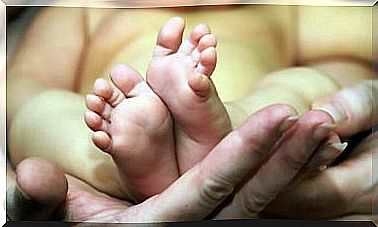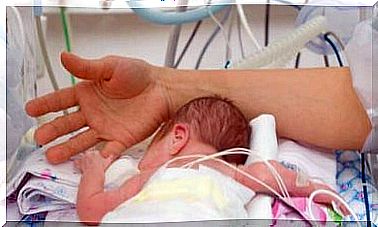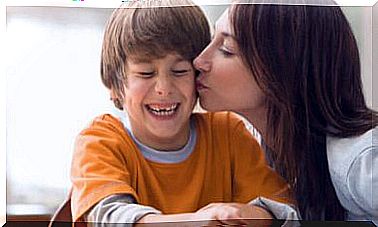Attachment In Adopted Children And How To Foster It
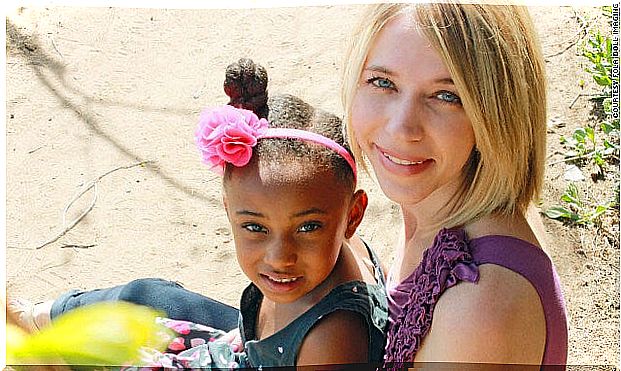
Attachment in adopted children is something that develops from the affection given to them. For an adopted child, emotional stability is perhaps even more essential than for any other child. They do not usually ask for it, but they do seek it. Over time, emotional ties become closer and an emotional attachment is consolidated.
Undoubtedly, attachment is a fundamental “good” and therefore vital for the development of every infant.
Now many times we want to make things easier, and encourage a closer approach sooner. So we ask ourselves: How to foster attachment in adopted children?
Adopted children generally come into our arms with certain shortcomings, insecurities, and fears. These children do not place their trust in others easily, much less if they are adults. However, they are children who over time, positive upbringing and affection respond very well.
Every adoptive parent must overcome certain obstacles before they can win the affection of an adopted child. Possibly these little ones sometimes seek to get our attention and let out a disproportionate anger when things do not turn out as they expect.
At the beginning, we will realize that many times the conflicts are due to their low tolerance for frustration, which is the product of some pain or unresolved emotional situation – and that requires our immediate attention. Fortunately, everything has a solution.

Recall that the Dictionary of the Royal Spanish Academy defines attachment as the inclination or fondness for something or someone.
That is, attachment is the product of a stable, intense, singular affective relationship that has managed to consolidate thanks to the interaction of the individuals involved (in this case, a young adoptee and his adoptive parents).
Children arrive in a new home and must adapt little by little. For them, the fact of arriving at a new home is already abrupt enough. At first they are forced to hide what they feel, so their new parents are not always able to access their emotional world and / or their circle of trust. The fear of loneliness and of disappointing that new family.
Attachment in adopted children
When we speak of attachment we refer to that special relationship that the child establishes with a small number of people. An affective bond that comprises a two-way process: from parents to children and vice versa. We are basically talking about a human need since it is key to their neurodevelopment.
The question is then: How to foster attachment in adopted children?
The answer is very simple: just like any mother and father with a biological child does. That is, covering not only basic physical needs but also those affective.
As in the case of the newborn, attachment in adopted children arises gradually. There is never something pre-existing, but it is forged by attending and prioritizing the needs of the little one.
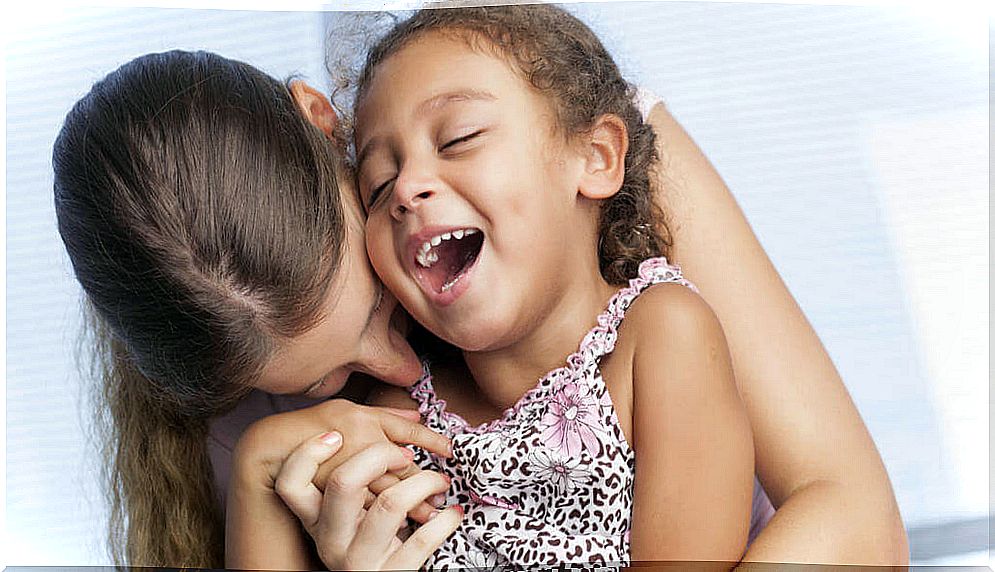
Of course, a baby can get attached much easier and faster than a three-year-old. Even the older you are, the longer this process will take. Certainly, this will also depend on the attachment pattern that the child already brings.
Our mission will be to promote a healthy and safe bond.
Keys to achieving attachment in adopted children
- Quality time in the relationship. To achieve attachment in adopted children, as in biological children, it is necessary to share moments and dedicate attention in order to consolidate a beautiful bond between the parents and the child.
- Affection, protection and care. Offer your arms to pick him up, hug him, and rock him. All that boy needs is affection, in addition to the security and confidence that these gestures of love and affection convey.
- Comprehension and empathy. Explore behind their behavior to understand their behavior, without prejudice or labeling. Then you can educate and mold the child to act appropriately. Be their role model and example.
- Predictable and repetitive parents. These little ones are reluctant to change, transitions, surprises and chaos. Be consistent in your routine and in your way of acting and reacting to avoid new situations
- Good communication. Listen carefully, showing interest, and talk with them deep topics. In a sensitive, calm, close and trustworthy way.
- Settle into their emotional age. His emotional maturation probably does not match his actual age. Generally, these vulnerable children present a certain “delay” in this regard. Interact on their emotional level.
- Worry about their feelings and emotions. Help the child to manage, control and express their emotions in a positive way. Give him tools to bring out what is inside him and what affects him so much.
- Patience and strength Don’t fret or be anxious about the progress of attachment in adopted children. Both he and you have their own times. Always manage realistic expectations and deadlines.
- Feeling of belonging and happiness. Let it be accepted as it is, as well as its condition. May you feel as part of the family, and be happy, proud and grateful for having that love and support.
- Develop prosocial behaviors. Cooperation, altruism, sincerity, appreciation, integration and respect are some values that will make that little great brave of life even greater.
Adapting to the new environment, feeling accepted, included, respected and valued are the challenges that adopted children initially face when establishing first contact. Relating to others is a challenge. All this supposes calm and tolerance from the parents. Also patience, limits and perseverance.
